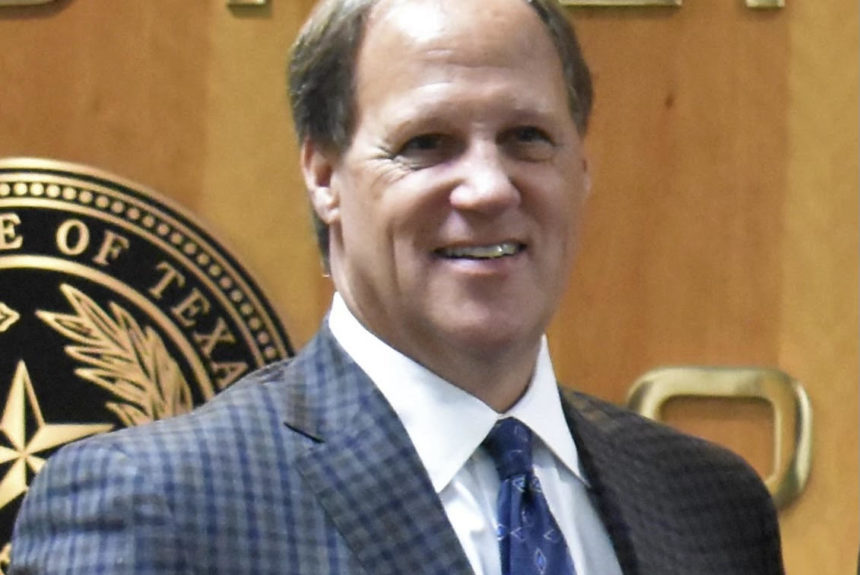It’s been almost a year since Winter Storm Uri hit Texas. The storm lasted several days, left 4.8 million people without power, and tragically took the lives of more than 100 people. Since Uri, there has been a lot of finger-pointing in the Lone Star State. Some blame intermittent renewables, Texas’ independent grid, or even the state’s market structure for the power outages.
Texas’ Public Utility Commission (PUC) has spent the last year investigating the causes of its grid failures and ways that future outages can be prevented. In December, the PUC released Phase I of its recommendations. It included pragmatic investments to weatherize the state’s infrastructure to better withstand future cold snaps.
In the coming months, the Texas Public Utility Commissioner will unveil Phase II. While the details are still not fully known, public comments indicate that some regulators are debating bringing Texas’ energy market from an “energy only market” to a capacity market.
To better understand the workings of Texas and its electrical grid, Drew Bond sat down with current Texas Public Utility Commissioner Jimmy Glotfelty on the Right Voices interview series.
Glotfelty has decades of experience in the energy landscape. Prior to his appointment as the Texas Public Utility Commissioner, Glotfelty was the Founder and Executive Vice President of Clean Line Energy. Glotfelty has also worked in the public sector, serving as the Senior Policy Advisor to U.S. Secretary of Energy Spencer Abraham. Glotfelty also founded and led the Office of Electricity at The U.S. Department of Energy.
Like many Texans in February 2021, Glotfelty felt first-hand the impacts of Winter Storm Uri.
“I was without power and water for four days. So it was cold, I can guarantee that… It was sad to see this state struggle through this outage a year ago when we knew we had resources that could work.”
While Texas may have had the resources to provide energy, Glotfelty felt that Uri was uniquely able to take out the Texas grid:
“I don’t want to say the perfect storm, but it was pretty close to it. As with lots of big disasters, there were a lot of small things that had to line up for this big disaster to happen and I think that’s exactly the way that I would suggest it happened in Texas.”
>>>READ: Texas Can Improve Energy Reliability without Abandoning its Principles
Several studies suggest that there was no one thing that caused the power grid to fail during Uri. Having intensively studied Uri for a year now, Glotfelty agrees with that assessment.
“I think that we have seen lots of resources failed of all different kinds. And that communication was key,” Glotfelty said. He then added that both the public and the private sector have since stepped up to decrease the chance of a power failure of that size from happening again.
“The [gas and electric power industry] have done a tremendous amount of work together to improve communications, to open lines of discussion about additional storage or additional pipeline reservoirs or other areas where they can get gas to ensure that we’re not dependent just upon one region of the state for gas.”
Under Texas’ current “energy only market,” energy suppliers are paid only for the energy that they deliver. This has allowed the grid to be run by price signals and free markets, leading to Texas having one of the lowest costs of energy per kilowatt-hour in the nation. Under a proposed capacity market, which is used in states such as California, ratepayers would be forced to pay utilities for extra energy capacity that could be available in the case of an emergency.
>>>READ: What Really Happened in Texas
To explain capacity markets, Commissioner Glotfelty used the analogy of having two backup cars in case your primary vehicle broke down. While it is an insurance policy for an insurance policy, it is wasteful.
“How deep you buy insurance policies is dependent on how much you think you need a capacity market. The more centralized a capacity market you have, the more you procure more levels of insurance you’re getting—the more expensive it is.”
Glotfelty did admit that no power structure is perfect, but Texas’ grid has done a great job in providing affordable and reliable power to consumers. Still, Glotfelty isn’t ruling out investigating what structure would most benefit Texans moving forward:
“Ours has been pretty darn good for the last 25 years. We’ll have to see if it continues to be the right structure as we go forward with more renewables, with more tax credits associated with renewables, and with less dispatchable [energy] coming on to our system. We’ll have to see how that structure fits and it is our hope that we can continue to keep an energy only market and that that will continue to be the lowest price, most competitive environment for generation in the state.”
As Texas looks to prevent another major outage, policymakers and utility commissioners will need to evaluate the best pathway forward for Texas’ consumers and ratepayers. Under Glotfelty’s leadership, we can expect to see the Texas PUC embrace reforms that are free-market oriented.
To better understand Texas’ electricity market, check out our 101 brief on it.
Click here to watch the full interview with Commissioner Glotfelty.
The views and opinions expressed are those of the author’s and do not necessarily reflect the official policy or position of C3.
